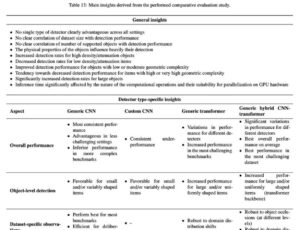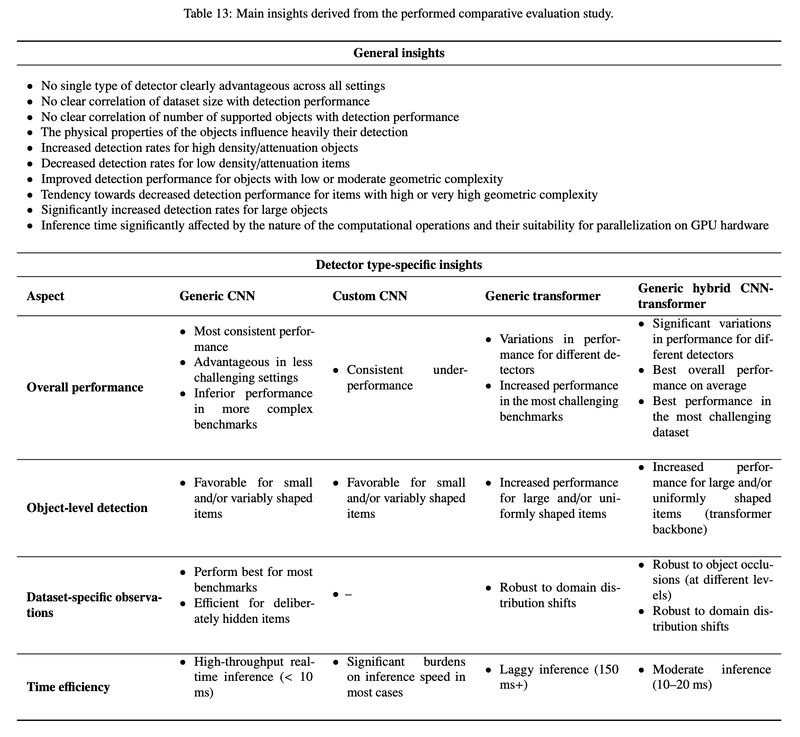You can find below our recent work, entitled “Illicit object detection in X-ray imaging using deep learning techniques: A comparative evaluation” and authored by J. Cani, C. Diou, S. Evangelatos, V. Argyriou, P. Radoglou-Grammatikis, P. Sarigiannidis, I. Varlamis, G. Th. Papadopoulos.
Link: https://arxiv.org/pdf/2507.17508
Automated X-ray inspection is crucial for efficient and unobtrusive security screening in various public settings. However, challenges such as object occlusion/overlap, variations in the physical properties of the items of interest, diversity in the types of X-ray scanning devices used, and limited training data hinder accurate and reliable detection of illicit items. Despite the large body of research works in the field, the reported experimental evaluation is often incomplete, while the derived outcomes are frequently conflicting.
In order to shed light on the research landscape of this field and to facilitate further research, a systematic, detailed, and thorough comparative evaluation study of recent Deep Learning (DL)-based methods for X-ray object detection is conducted in this work. For achieving this, a comprehensive evaluation framework is developed, composed of the following building blocks:
- Six of the most recent, large-scale and widely used public datasets for X-ray illicit item detection (namely, OPIXray, CLCXray, SIXray, EDS, HiXray, and PIDray)
- Ten different state-of-the-art object detection schemes, covering all main categories present in the literature, including generic Convolutional Neural Network (CNN), custom (X-ray-specific) CNN, generic transformer and generic hybrid CNN-transformer architectures
- Various detection (mAP50 and mAP50:95 mean Average Precision (mAP)) and time/ computational-complexity (inference time (ms), parameter size (M), and computational load (GFLOPS)) performance metrics.
Moreover, a thorough analysis of the computed experimental results leads to the extraction of critical observations and detailed insights, emphasizing on the following key aspects:
- Overall behavior of the various object detection schemes
- Object-level detection performance investigation
- Dataset-specific observations
- Time efficiency and computational complexity analysis.


